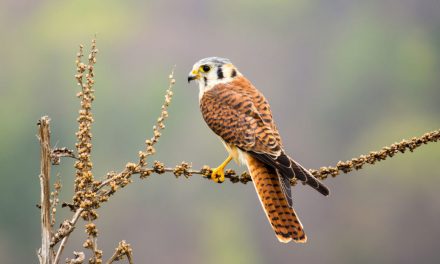Written by Amanda Coetzee / Alberton Record
Although conservation efforts benefit some giraffe subspecies, others are in serious trouble. Here’s the lowdown.
The United States Fish and Wildlife Service recently said it had “substantial information” that warranted listing giraffes as endangered or threatened under the Endangered Species Act.
This is a move long sought by conservationists alarmed by the world’s tallest land animal’s steep decline in numbers and the growing market for giraffe products, including giraffe tails which are seen as a status symbol in some cultures.
The Service said they have substantial information on potential threats to giraffes associated with agriculture, mining and construction as well as commercial trade, recreational hunting, poaching, disease, small populations and genetic isolation.
One species with nine subspecies
The Giraffe and Okapi Specialist Group established under the International Union for Conservation of Nature Species Survival Commission recognizes a single species of giraffe with nine subspecies. Giraffes currently inhabit 21 African countries, having been eradicated from at least seven countries in their historical range. Some remaining populations are stable or increasing, while others are declining.
Two subspecies of giraffes were recently added to the list of ‘critically endangered’ species for the first time ever, according to a report by the International Union for Conservation of Nature (IUCN), which administers the world’s official endangered species list.
Five of the nine subspecies of giraffe are declining in numbers, three are improving, and one is stable. However, at the species level, the trend is an overall decline. Without action, giraffe could slide toward a silent extinction.
Two subspecies, the Kordofan giraffe and the Nubian giraffe, were added to the list of ‘critically endangered’. These giraffe subspecies are found mainly across East, Central and West Africa. Another subspecies living in the Horn of Africa, the reticulated giraffe, was listed as ‘endangered’.
The West African and the Rothschild’s giraffe species have seen an increase in their numbers, leading to an upgrade in their conservation status.
According to an article in The Guardian in 2016, the number of giraffes dropped from 157 000 in 1985 to 97 500 in the last three decades. That’s a decline of almost 40 percent.
Threats that giraffe face

Giraffe face four major threats – habitat loss due to human encroachment on wilderness areas; civil unrest; poaching for meat and other by-products such as the skin and tail; and ecological changes brought about by mining activities, habitat conversion or climate-induced effects.
This surprising development highlights the importance of conservation focused not only on species known to be endangered or under threat, but rather on a concerted effort to better manage and secure existing protected areas and expand the network of land under conservation across the continent. In so doing, the species within these areas will be better protected.
Fortunately the South African subspecies giraffa camelopardalis giraffa is one of the increasing populations.













